Just a Ton of Empty Carbs
As the saying goes, the greatest trick the devil ever pulled was convincing us the entire bag was full of chips instead of air and crumbs. Despite our moaning, we still bought the bags, ever hoping they would be full of substance. Other businesses soon learned of the devil’s trickery, saw its success, and decided to replicate it in other products. Thus, the world came to know padding, the act of adding superfluous content to a product to make it appear larger than it actually is.
Padding is the busy work you get from your boss or teacher to make it seem like you have actual responsibilities. It is the flashbacks, summaries, and side arcs that TV shows use to stretch a series over an entire season. It is the literal padding in bras or jock straps to boost the wearer’s confidence and sex appeal. Padding is even the unnecessary lists Solomon Rambling employs to rack up a word count. In each instance, padding manipulates you into thinking you are receiving a robust experience. Upon uncovering and extracting the meaningless stuffing, you come to feel shame for being deceived and disappointment for finally recognizing the product is mainly fat and little muscle.
Video games have embraced padding as fervently as a cliché insane asylum, and gamers have gobbled it all up. Grinding, fetch quests, collect-a-thons, and forced back-tracking now represent accepted video game mechanics. It didn’t register that Mario Odyssey was reusing Broodal bosses until my partner pointed it out. It was unconsciously obvious to me that Mario games reuse bosses like a college kid reuses underwear after missing laundry day for the third week in a row. Padding has even been used as a method to justify micro-transactions; we need only look at the recent Star Wars Battlefront II debacle to see how confident developers/publishers are with packaging padding as solid content.
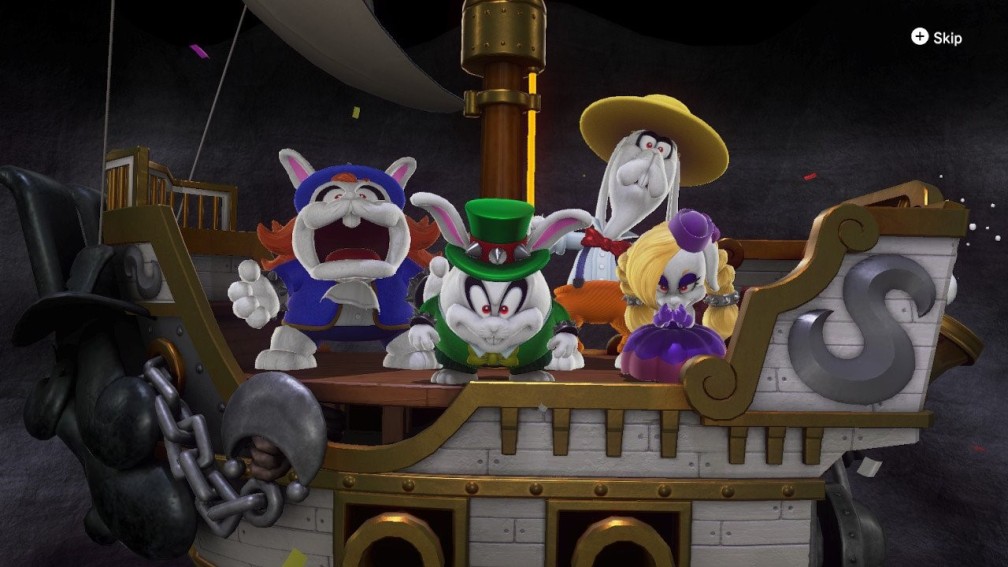
I could devote an entire rant to the various ugly incarnations of padding, but I would essentially be screaming at a dead dog to get up and move. Neither the dog nor padding are going anywhere, so we might as well work with what we have. There is still value to be had from these nuisances, and although I will certainly ramble about some criticisms in this article, if we do enough dissecting, we can salvage something special from all of this. And yes, people have already called animal services on me, so let me be.
So Much Fluff
But let’s start with the bad because we’re equal parts sadistic and whiny. When considering the evils of padding, remember to think of the four D’s: dilute, deter, devalue, and d-copy. Each of these represents a significant type of padding, but by no means is this an exhaustive list. Other forms of padding do exist. I just don’t want to write about them.
In gaming, diluting occurs when low-effort objectives are inserted into the game. This content can be mandatory or supplementary, but it all tastes like the watered-down chili they sell at Wendy’s right before closing. Super Mario Odyssey—despite its brilliance—has taken diluting to an extreme. In past 3D Mario games, acquiring a Power Star/Shrine Sprite usually involved completing some sort of platforming challenge. Although a large chunk of Super Mario Odyssey’s Power Moons do require platforming skills, a significant portion of the Power Moons can be gained by pounding on random spots, bribing shopkeepers, or looking behind an obstacle. These Power Moons don’t feel purposefully designed; instead, it seems the game developers took turns sneezing on the game’s maps to determine where to sprinkle Moons. Collect-a-thons, irrelevant minigames, and optional mission objectives all fit this category.

Padding acts as a deterrent when it places arbitrary obstacles that stop your progress. Roleplaying games are notorious for this issue, with grinding and random encounters being the serious crimes. Some bosses cannot be feasibly beaten unless your party has enough collective experience, an issue present in my much beloved Xenoblade Chronicles. The Pokémon franchise has implemented grinding so seamlessly that players willingly embrace wasting hours to EV train their team to a point where they can compete against other players who have wasted a similar amount of time on the game. Random encounters, meanwhile, are the equivalent of traffic lights in game design, except every light starts as red and won’t change unless you pump your brake a certain number of times. Fetch quests can also serve as deterrents based on how rare certain item drops are.
Whereas the previous two forms of padding directly impact gameplay, devaluing manipulates a game’s economy and consequently how meaningful your actions are. Many games reward you with in-game cash or prizes based on your performance. Ideally, by the time you finish a game, you should have acquired enough wealth to buy whatever features you could want. However, some games effectively pay you minimum wage for your efforts. Super Bomberman R is the Ebenezer Scrooge of this padding, featuring a store which requires upwards of 600,000 gems to buy everything. The current fastest method to net gems requires you to kill yourself using a specific character on a specific stage in three seconds for 150 gems. With this method, you can eventually buy everything after playing 200 hours of this singular strategy. If you aren’t already screaming in ecstasy at the sheer amount of gameplay Super Bomberman R offers, you’re probably a level-headed creature. I’m not even going to provide any other examples for this category of padding because my only goal for this section was to shit on Super Bomberman R.
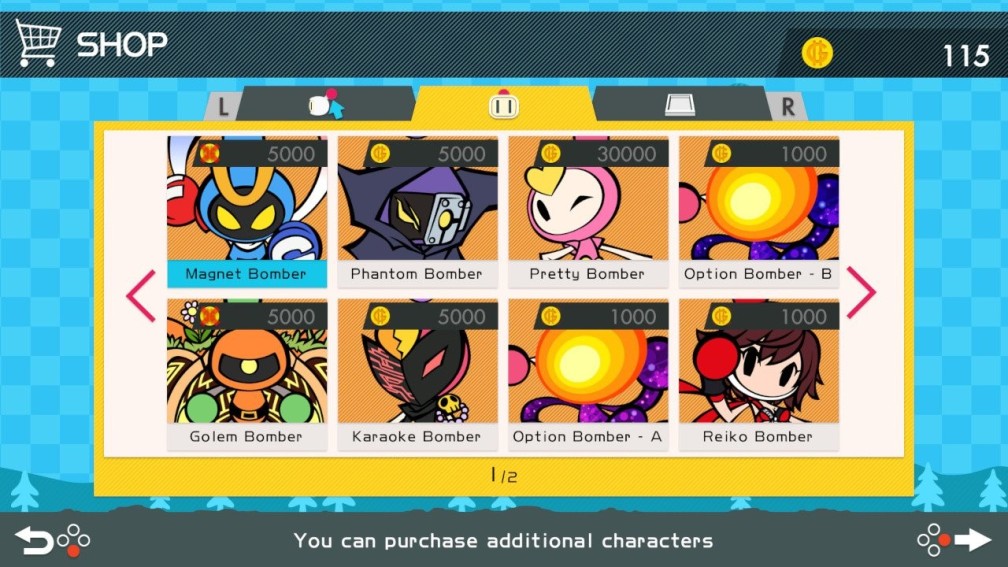
With that out of the way, we make our way to copy padding. Copy padding involves reusing in-game assets (such as enemies, locations, or gimmicks), repackaging them slightly, and presenting them as new content. Fire Emblem Warriors (and the Dynasty Warriors franchise in general) churns out copies faster than a sweat shop churns out human rights issues. It features clone characters who have the exact same move sets but different stats (which don’t matter at the end of the day because this is a Dynasty Warriors game), maps which you will revisit more times than a drunk person will use the bathroom, and the same faceless enemies that fall to your all-powerful button-mashing. Spelunker Party utilizes a different form of copying by incentivizing replaying stages to acquire special items that are inaccessible unless you have a certain piece of gear. I count this as copying because you essentially have to replay a stage twice to fully complete it, and no amount of skill can change this.
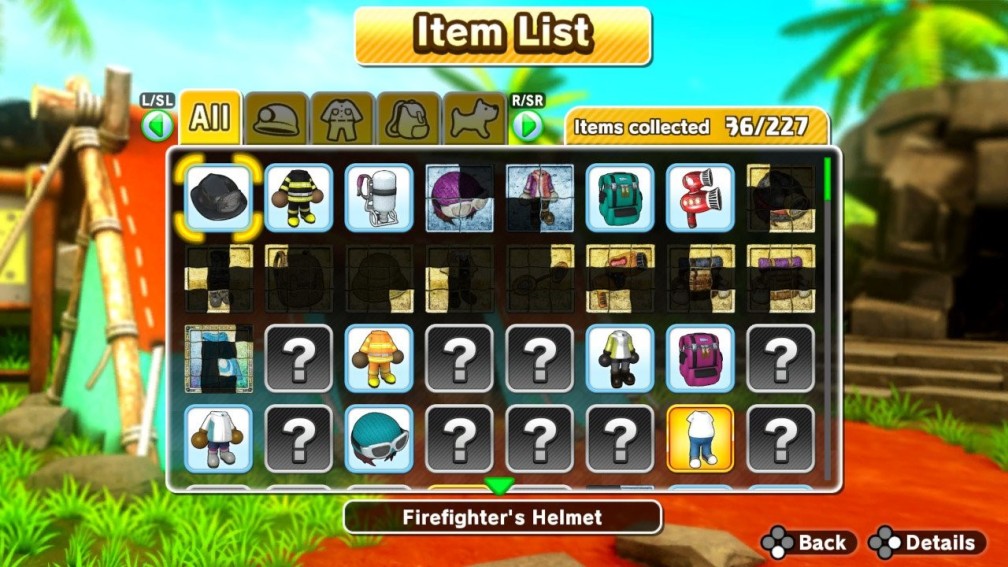
Why Padding is (Probably) Necessary
The human body benefits from having some fat. Fat cushions your body, helps retain heat, and is vital in processing some nutrients and vitamins. However, we have grown to ignore the positives of fat because we have witnessed what an obesity epidemic can do to a nation. Video game padding has followed a similar path: some padding can be great for a game, but too many games are overweight with the amount of padding stuffed into them, and so we either grow complacent or develop a grudge toward the video game industry. We have forgotten that padding can be healthy.
Taking a historical look at video games, padding was necessary in overcoming a hardware’s limitations. I’m no historian, but I’ve read enough Wikipedia articles to know that there’s a reason why retro video games featured re-skinned enemies, redundant level designs, and minimal gimmicks. After reading up on the technical aspects of early consoles, I have learned that each system has its own magical gremlin living among the wires and microchips. Back in the day, these gremlins had very limited memory and processing capabilities, and the mere thought of rendering multiple enemies at once would make them explode gore-tastically. Thus, programmers had to utilize padding to produce a full game’s worth of content without killing the gremlins.
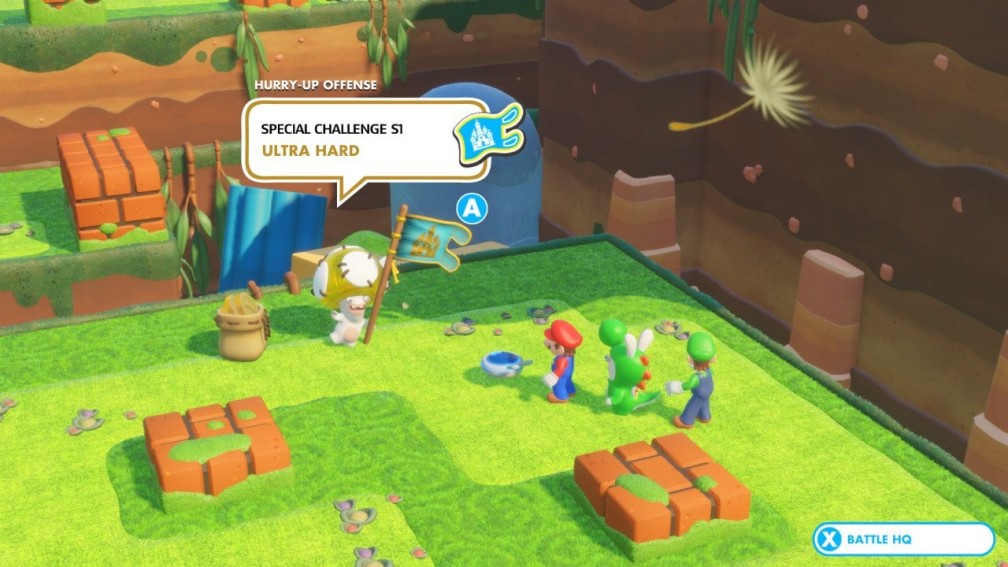
In the present, padding is still relevant because it makes developing games feasible. As gamers, we expect a certain amount of content to justify the price tag, a topic I have mentioned in my reviews already. Based on what I know from developer interviews, core content takes considerably more time to develop than padding does. The initial DLC for Mario + Rabbids: Kingdom Battle and Breath of the Wild partly show this content issue. Both DLC packs essentially featured old assets combined in new configurations, and both packs were released shortly after each game landed on the system. The meatier content (a new map and hero for Kingdom Battle and the Champions’ Ballad in BOTW) has necessitated longer development periods and thus more wait time.
Consequently, the conundrum comes down to:
- Delay the release of a product, spend more funds, and use your workforce to create hours and hours of extra core content.
- Fill the game with some padding to complement the main gameplay in order to avoid the above issues.
- Do the Splatoon way of things and release a bare-bones product and later add the stuffing.
If every game followed Option A, we would probably see an influx of top-quality experiences, but we would see maybe 10 games a year. That’s a rough estimate, as rough as sand paper on callouses, but you get the point. Delays would become the norm with all games, not just the next Zelda or Smash Bros. game. Thus, if games go with Option B and only use padding as connective tissue for the main content, we can still enjoy solid games without waiting years and years for the next release.
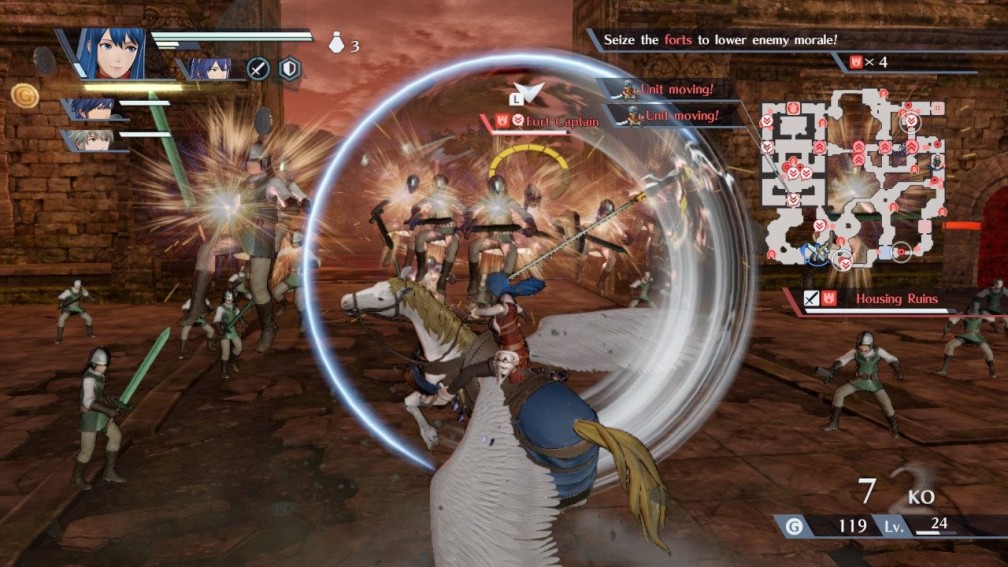
Ultimately, some gamers actually enjoy certain types of padding. The Dynasty Warriors franchise is successful for a reason. Although I personally abhor the collect-a-thon nature of Lego City: Undercover, others eagerly chase that 100% completion mark. I giddily finished every fetch quest in Xenoblade Chronicles, never once questioning why I had to enter and exit an area thirty times in order to acquire monster placentas that somehow could restore a city. We all enjoy achievements, even if most of the challenges were likely generated with a dart board of ideas and a substantial amount of alcohol. Padding can be great and can garnish main content, just like stuffing has its place in the turkey and Super Bowl commercials convince us we enjoy being force-fed marketing campaigns like the cute little sheeple we are.
The Cushioned Content
Padding contributes positively to a game when it is natural. I recognize this is a bit of a cop-out answer because most things are good when they are natural, be it food, conversation, or body hair (no one judges your fetish, Arnold). For padding, specifically, “natural” means the stuffing feels just as relevant as the main content. In my criticism of padding, I could easily identify games which had unappealing, needless fat. Each time I encountered padding in the game, I was partially removed from the experience, either because the game grew more tedious or I questioned why the game included this minigame or that mission or those forced replays. Good padding, meanwhile, is more difficult to pin down because you don’t notice it unless you go looking for it.
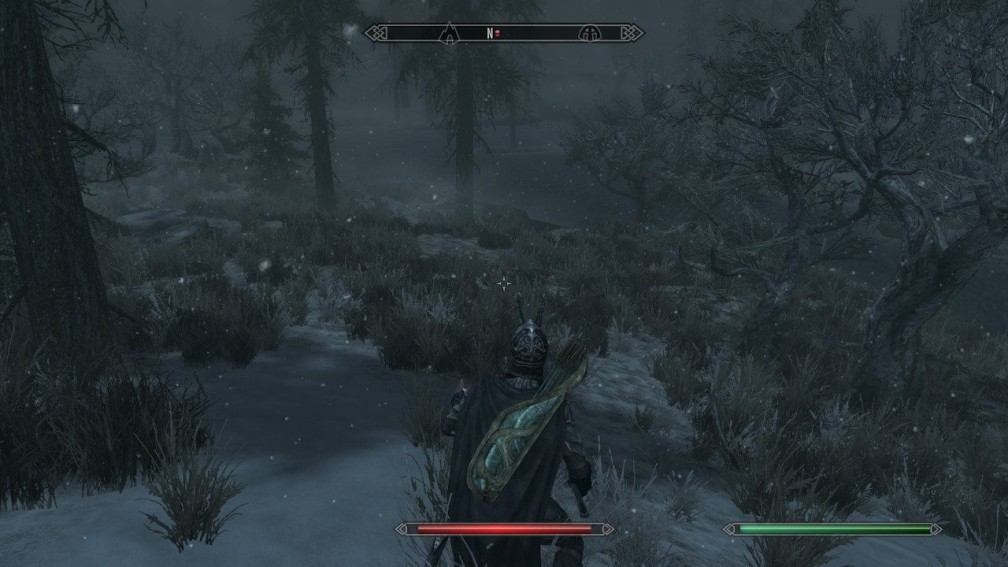
For example, both Breath of the Wild and Skyrim feature “natural padding.” For every distinct landmark or bustling city, these two games featured miles and miles of nondescript woods, plains, or mountains. Similarly, for every main quest, there is a quest for delivering certain goods or for taking a picture of this oddly shaped rock or for helping elderly Agnes take a bath, the saggy prune that she is. These copy-paste locations and side quests gets points for being optional and thus entirely ignorable, but they deserve more recognition for fostering the in-game world. Both Skyrim and Breath of the Wild take place on massive maps, and it’s only natural for landscapes to repeat (look at Wyoming for God’s sake) or for people to focus on mundane, everyday things instead of saving the world. Main content creates the world’s outline, and padding fills it in.

THERE’S NOTHING. ABSOLUTELY NOTHING IN WYOMING.
Natural progression is equally desirable. The Binding of Isaac offers examples of both natural and unnatural progress. For those who have not played the game, achievements drive repeated playthroughs, with each accomplishment unlocking a new item or feature that changes the main game. When you first start out, you will complete achievements unintentionally because you reached a certain level or discovered a certain enemy. Padding—in the form of greater variability in the randomly-generated stages—slowly bolsters the game without you having to do anything strange. However, other achievements task you with obscure or absurdly random objectives, such as avoiding all items in a run or collecting four copies of a single upgrade. These achievements require repeated playthroughs with very specific, luck-based conditions. After you have reset your playthrough for the 50th time, you long for the days when you unlocked content by just playing the damn game as it is.
Finally, I echo that padding is best when you don’t notice it. Sonic Mania’s Blue Sphere stages are nothing more than nostalgia-infused trimmings, but that doesn’t matter because these sections are not only skippable, but they’re designed adequately enough to create some entertainment (barring those who get nauseated from the jagged movements). Similarly, we can ignore that half of Rocket League’s alternative modes are simply shoddy renditions of the core game because Rocket League does not call attention to them. There is no such thing as “Ranked Hoops,” and even the icons for “3 vs. 3,” “2 vs. 2,” and “4 vs. 4” are bigger than the “extras” like “Snow Day.” The developers know what people want, but they keep the padding for those who yearn for options or forget that the modes are bad.
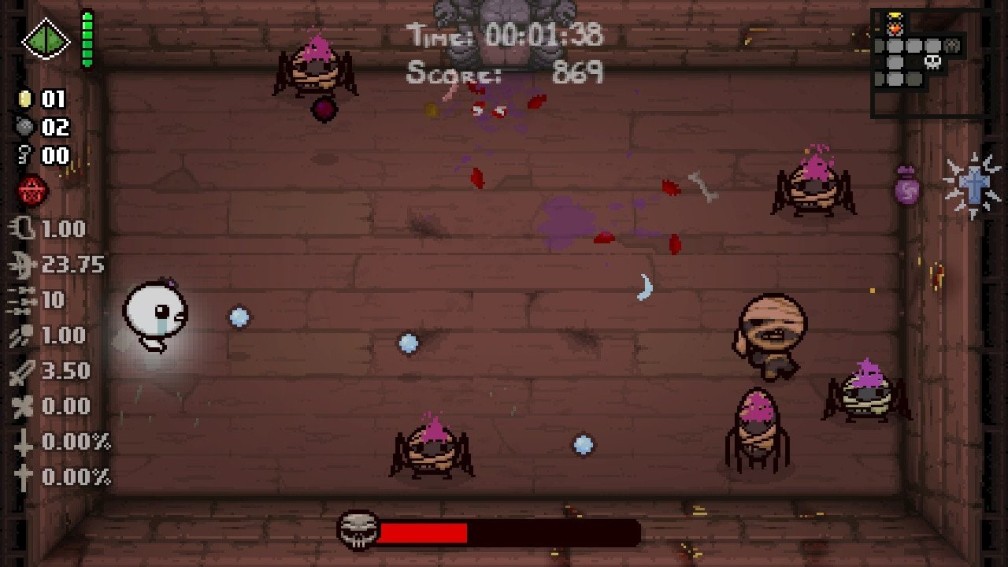
Let’s Have a Soft Landing
By now, I have written enough that I’m in danger of being accused of padding, myself. Because I have used enough food analogies already, I’ll end this with a comparison to makeup. With enough artistic flair and restraint, makeup can accentuate a person’s appealing traits while covering up the acne and wrinkles. Padding can operate the exact same way, but too many developers have been using padding the same ways a pre-teen cakes on the makeup. At a certain point, you cover up all the individuality and substance you ever had, and instead, you’re left with a flaking mask that screams, “I’m trying to be more mature and cultured than I actually am.” Less is not necessarily more (as good padding has shown), but what starts out as superfluous will not simply ripen into something worthwhile.
_________
Do you share my thoughts? Are you confused why I’m picking apart this arbitrary topic? Did you mistake my website for a much better one and are now trying to work your way back? Leave a comment to express your struggles, and I will grace you will my fickle attention.

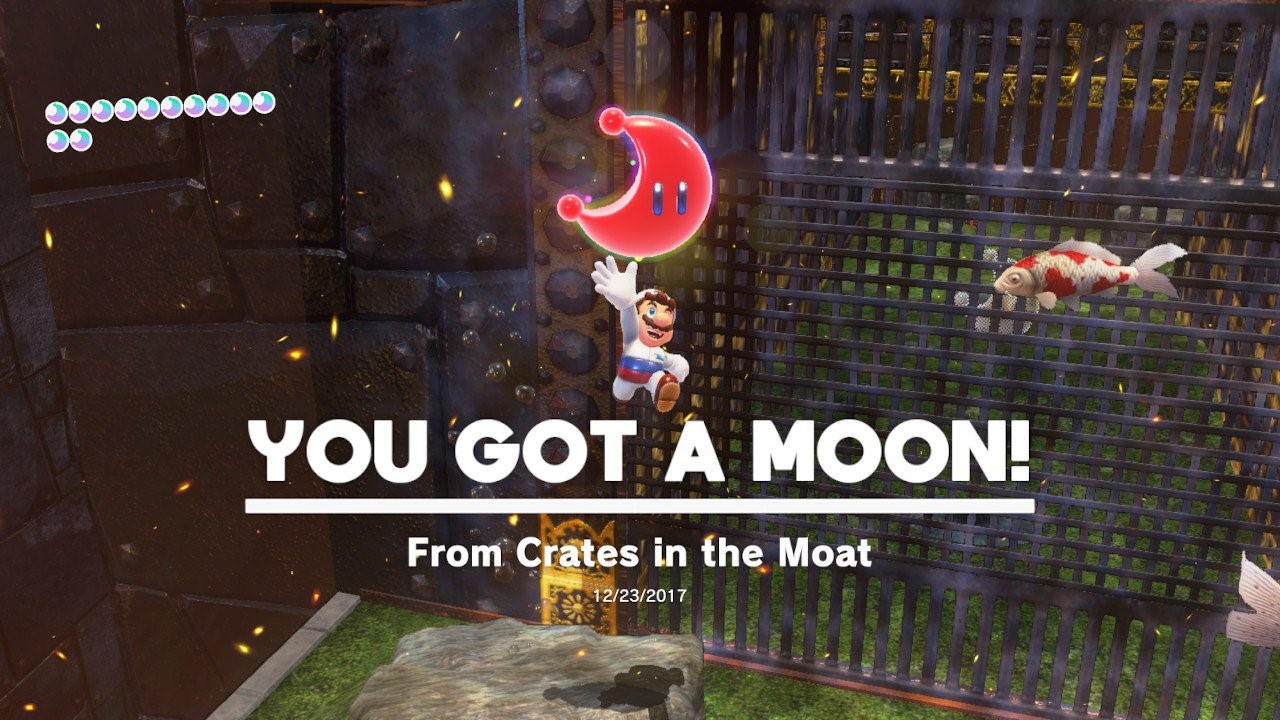
I’d prefer to pay extra for a game without certain types of padding. Time is precious. I bought a game on the Switch that mentioned the lack of padding in the marketing – something like “we respect your time.” It may have been Cosmic Star Heroine, which I’m yet to play. I do appreciate how many games these days have sidequests you don’t have to complete. I find the website How Long to Beat useful, in that it includes times for “Completionists” and only main game playthroughs.
I agree about Mario Odyssey – it’d be better in my opinion to have less moons, keeping those that require effort and/or skill and/or at least a bit of exploration. Though I appreciate the ability to warp between parts of levels. The only level I’ve spent significant time collecting on was New Donk City because the level was such a joy, and I felt like exploration was rewarding without the need for moons or purple coins. I liked Golf Story in the padding sense. Despite some ridiculous sections, many of the side quests were fun and helped level up my skill level as well as the character’s stats. So perhaps that wasn’t padding!
I’ll read your article on walking simulators after I’ve played a couple of the games in it. The walking sim is a new genre for me. I enjoyed The First Tree overall, but it annoyed me when I got lost. FAR: Lone Sails was intriguing to start with but has become repetitive. So they’ve put me off other games classed as walking simulators. They seem like they could have a lot of padding based on my experience so far, or at least a not-so-fun kind of repetition.
One of my favourite games in my teens was Harvest Moon, which included lots of repetitive padding. I wonder if I’d enjoy that kind of padding these days. I’m not interested in Animal Crossing or Stardew Valley for that reason, although Stardew Valley in particular appeals to me in other ways. I’ve attempted* to buy Little Dragons Cafe and wonder how I’ll feel about that…
*One cancelled order, one German that should have been English, and three download codes in a box that were supposed to be game cards later – I still don’t have what I actually purchased! Have you thought about writing a rant about download codes in a box? They’re perhaps too easy a target. I’ve just cancelled a pre-order of Hotshot Racing because what was supposed to be a game card has become a code. North America seems to be getting a proper physical release though.
I also like How Long to Beat, but I rarely look at it before I purchase a game. Padding has always been a sore spot for me due to my obsessive need to “beat” a game, a habit I developed after I had so many games of my Wii U I hadn’t even opened or had played for less than an hour. I probably would have enjoyed Mario Odyssey more if I had understood that it wasn’t meant to be completed like the previous 3D entries.
For sim games like Harvest Moon, I don’t mind the padding because it is the core concept of the game. I know others like to get into the routine of monotonous chores because the process is calming while still feeling productive. The SNES Harvest Moon was my favorite despite the fact that it’s now rather limited compared to later entries. Its simplicity made it easy to pick up and play. Stardew Valley is comparatively a monster at first, and I wouldn’t have gotten into it if it wasn’t for my partner asking me to join her. She had played it a few times already, so playing co-op with her was like having a living tutorial at all times.
As for walking simulators, I haven’t gotten to play FAR yet, and I haven’t tried the First Tree. I don’t necessarily recommend Gone Home or Firewatch to newcomers of the genre, but Hellblade has enough puzzle mechanics and combat to make it feel more worthwhile (although it does become repetitive). What Remains of Edith Finch is perhaps my favorite and is done in about two hours. The Return of the Obra Dinn plays like a walking simulator mixed with a point-an-click adventure.
As for download codes, I’m in agreement with you that it is perhaps too easy of a target. I’m a download-only gamer now (although I still prefer my music on CDs), but I do think it is ridiculous to send empty boxes. To me, it’s a disservice to the fans.
I think many sim games have become too complicated (at least for my wants). My favourite era for that genre was the 90s and perhaps into the early 00s – mostly SNES. As well as Harvest Moon; Theme Park, Rollercoaster Tycoon, Theme Hospital, the Championship Manager games, Age of Empires, Sim City 2000… I could go on, but they were games you could pick up and play that had a good amount of depth but didn’t eat up your whole life (although Championship Manager 00/01 probably did at times). Out of that lot, I plan to try Two Point Hospital in terms of the modern versions, as I loved the charm of the original. A couple of the Rune Factory games appeal to me too – I have RF3 for the 3DS and a Wii one, but I don’t know if I’ll try them. I have Fantasy Life which I think is similar, but again, don’t know if I’ll get around to trying it.
I have Gone Home and Edith Finch – perhaps I’ll try Gone Home soon given it’s so short. The First Tree took me longer than average because I got lost a couple of times. I felt that was bad design and see they’ve added a radar/compass on newer versions.